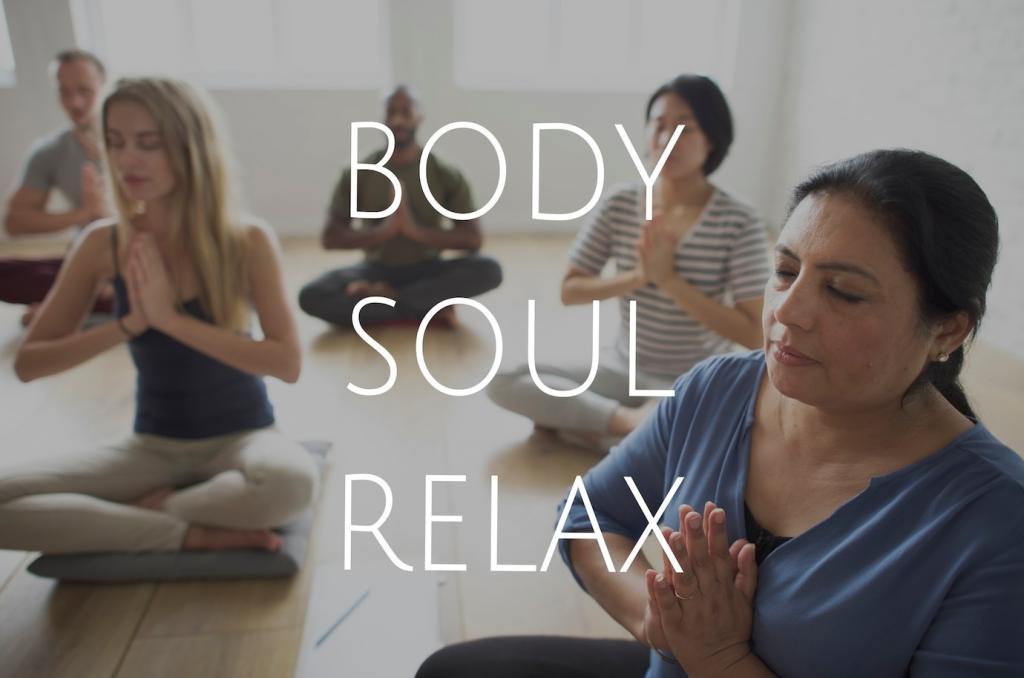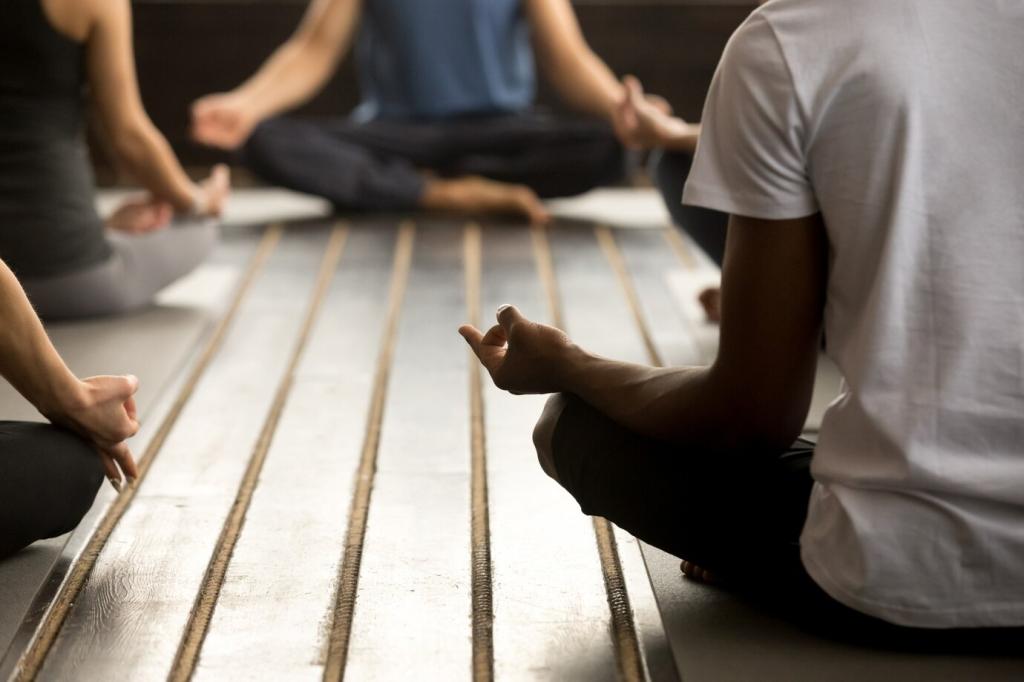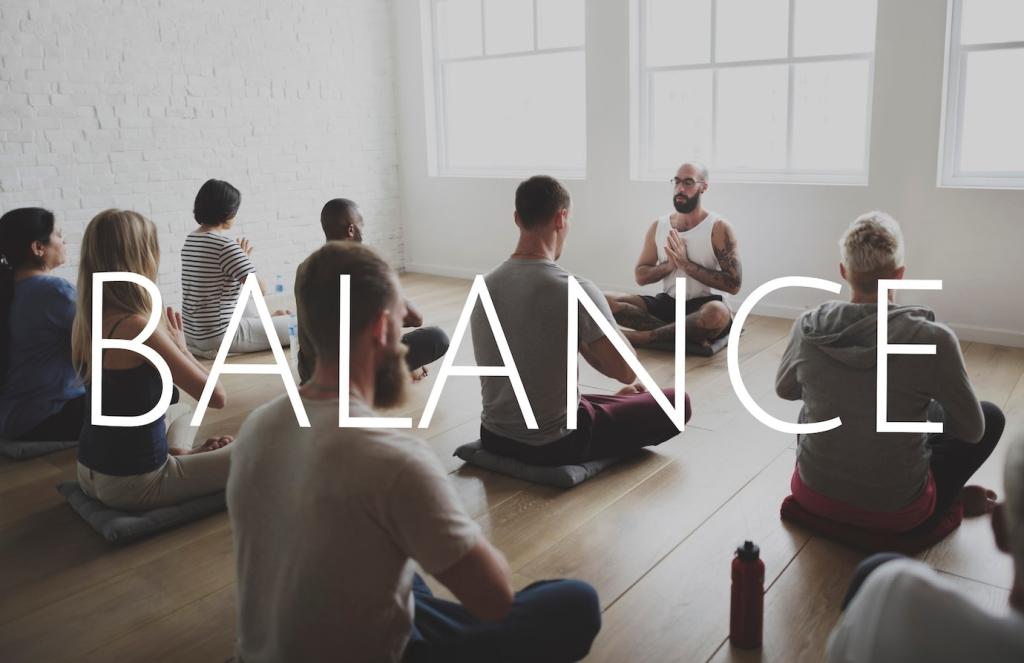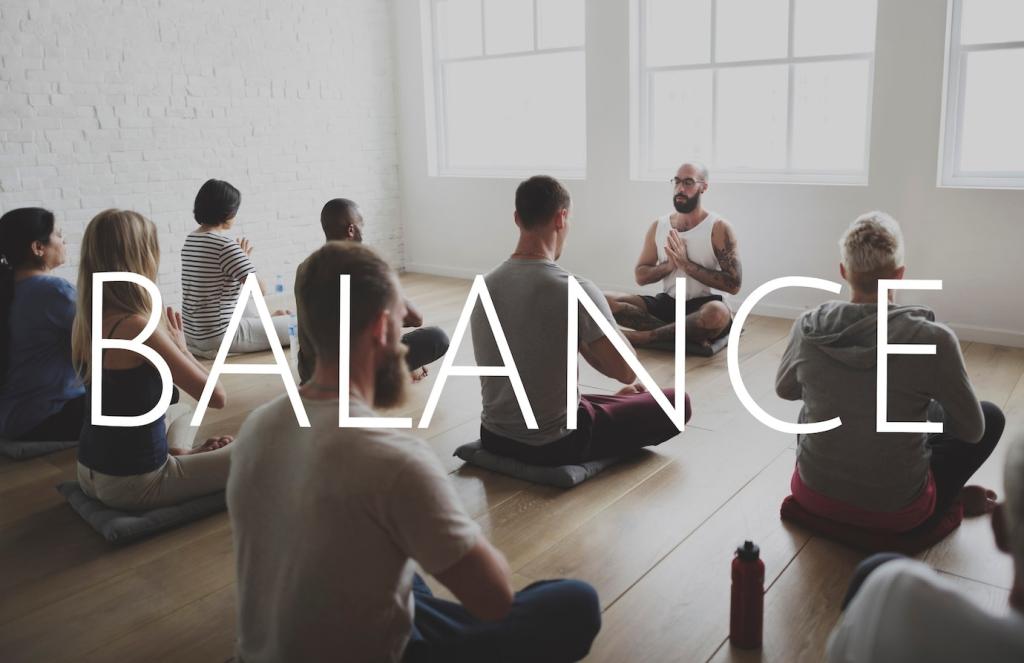Meditation and Mind-Body Connection: A Gentle, Practical Beginning
Today’s chosen theme: Meditation and Mind-Body Connection. Discover how simple, consistent practices align thoughts, feelings, and physiology, helping you reduce stress, sleep deeper, and move with intention. Join the conversation, share your story, and subscribe for weekly guidance.
How Meditation Shapes Your Brain and Body
Stress Reset Through Brain Circuits
Chronic stress narrows attention and hijacks the amygdala, while meditation recruits the prefrontal cortex to downshift cortisol and heart rate. Practice consistently and your body learns safety faster, even during demanding days.
Neuroplasticity You Can Feel
With repeated sessions, neural pathways supporting attention, interoception, and emotional regulation strengthen. Many report easier focus, gentler self-talk, and steadier sleep, tangible signs that the mind-body connection is remodeling from the inside.
The Vagus Nerve and the Exhale Advantage
The vagus nerve thrives on slow exhales and diaphragmatic breathing. Extending your out-breath signals your heart to relax, easing tension in shoulders and jaw. Try four counts inhale, six counts exhale, then notice shifts.


Building a Daily Practice That Sticks
Choose a quiet corner with gentle light, a supportive cushion, and one meaningful object that reminds you to return to your breath. Keep your phone on airplane mode so your nervous system expects true rest.
Building a Daily Practice That Sticks
Use tiny windows throughout the day. One minute before opening email, three mindful breaths before meetings, a brief body scan after lunch. These small check-ins strengthen the mind-body connection without overwhelming your calendar.
Stories That Bring Practice to Life
After a running injury, Maya felt disconnected from her body. She started five-minute breath meditations before physical therapy, noticing pain soften as her shoulders dropped. The mind-body connection became a bridge back to confident movement.
Stories That Bring Practice to Life
At bedtime, one parent tried a three-breath pause before reading. Their voice slowed, the child settled, and arguments faded. Meditation did not fix everything, but it changed the room’s climate, night after night.



Move, Sense, and Integrate
Walk slowly and match two steps to an inhale, three steps to an exhale. Notice feet touching ground, air on skin, and sights without labeling. This simple rhythm gently organizes scattered thoughts into presence.
Move, Sense, and Integrate
Choose a few shapes, move with breath, and keep effort around seventy percent. Sensation is your teacher. When you feel strain, soften. The goal is harmony, not heroics, inviting the nervous system to trust.
Move, Sense, and Integrate
Before the first bite, pause and breathe. Savor texture, temperature, and gratitude. Put utensils down between bites. Many notice easier digestion and fewer cravings, signs that the mind-body connection is guiding choices kindly.
Tracking Progress Without Pressure
A Journal for Signals Your Body Notices
Write brief notes about sleep quality, tension hotspots, and moments you felt grounded. Over time patterns emerge that guide adjustments. Keep entries short and kind so you actually enjoy returning to the page.


Heart Rate Variability and Biofeedback Basics
If you enjoy gadgets, experiment with simple breathing drills while tracking heart rate variability. Aim for smooth, coherent rhythms rather than perfect numbers. Let the data confirm what your body already whispers after practice.
